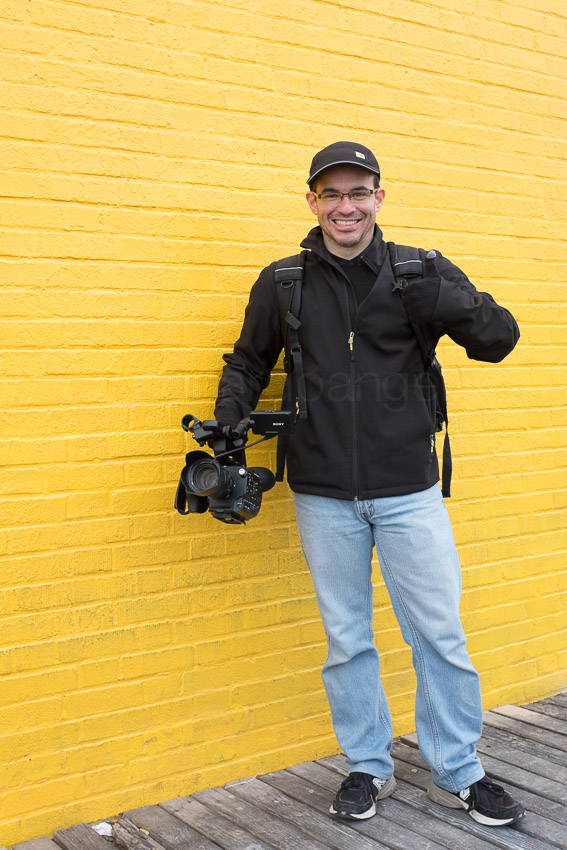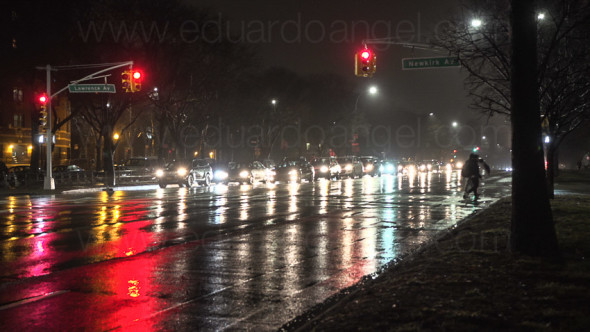Video
The truth about the Sony FS5. Part 1 – Quick guide for Run & Gun shooters.
“It’s a great HD camera, and a decent 4K camera.”
That was the very first thing I heard about the Sony FS5 last September. Since such a bold statement came from a very trusted and experienced source, my initial thought was, “Has Sony dropped the ball at this stage of the game?” Far from it.
Disclosure
In the past I have worked as a paid consultant to Panasonic, Canon, and X-Rite, and I have presented events sponsored by Sony and Adobe. This article is NOT paid or sponsored by anyone, it is an independent review and only reflects my personal opinions.
Why the FS5?
It’s been a few months since the Sony FS5 was announced and released. My reasons to seriously research this camera are simple. My wife and I are planning to travel through Portugal, Spain, France, Morocco, Italy, Croatia, and Montenegro. In addition to some exciting video assignments for U.S clients, I’ll be documenting our journey with an eclectic mix of video essays, blog articles, social media posts, and tutorials.
Besides having my wife’s assistance for some BTS and on-camera interviews, I’ll be working as a one-man crew most of the time. We’ll be moving fast and using many modes of transportation. I’ll need to rely on a MacBook Pro to do all my posts. Rigs, gimbals, and complicated setups are out of the question. Because of all this, my gear must be as light, compact, and minimalist as possible. To spice things up a bit, my budget for that wonder camera is $10,000. At least on paper, the Sony FS5 seems like a very good fit.
Got it. But “why bother writing (and reading) yet another review on a camera that is not “brand spanking new” anymore?” Glad you asked. For the past few months I’ve read every article, and watched every tutorial and webinar I could find on this camera. Some are great but kinda long, some are shameless click-bait, some are very informative but not practical enough, and some offer very confusing or even contradictory information. In other words, There are hundreds or samples from the camera and thousands of pictures of it, so I’m not going to covert that. If you’re still reading, thank you!, and let’s dig in.
Apples and Oranges – Comparing the Sony FS5 with similar systems.
Sony FS5 vs. Canon C100 Mark II
If we consider the price, form factor, and tech specs (on paper), Canon’s C100 Mark II [B&H and Amazon] is a logical system to compare to the FS5. We’ve successfully used the Canon C100 Mark II on many projects, but moving forward several assignments will require shooting in 4K, which immediately disqualifies Canon’s system. Not only that, but after several side-by-side tests we found the FS5 vastly superior to the C100 Mark II in pretty much everything but two things: autofocus and color science.
Sony FS5 vs. Canon C300 Mark II
Canon’s bigger brother, the C300 Mark II [B&H and Amazon] offers 4K, but it’s too bulky and about twice my $10k budget, so that one is out as well.
Sony FS5 vs. Blackmagic
I’ve used a few Blackmagic cameras, which are good when you have several accessories handy and under controlled lighting situations, but those are precisely the furthest shooting situations I’ll have in Europe.
The URSA Mini 4.6K Digital Cinema Camera seems promising and affordable, but it was announced a year ago and as of this writing still haven’t shipped. [B&H and Amazon].
Sony FS5 vs. RED
I considered getting the new RED “Raven”, but after testing the camera and putting pen to paper, the real cost with media and additional gadgets is about $12,000. Additionally, the post-production workflow would be a total nightmare considering my extremely limited resources.
Sony FS5 vs. Panasonic GH4
The Panasonic GH4 [B&H and Amazon] has been a fantastic tool for us, and I’m definitely bringing one to Europe, but I’ll be working mostly with available light, sometimes with harsh light, oftentimes at night. A built in ND filter and excellent low-light performance are paramount.
Sony FS5 vs. Sony a7S Mark II
The FS5 goes for $5,600 (body only) [B&H and Amazon], which is not pocket change, so many people would rightfully consider the FS5’s little brother, the a7S Mark II for almost half the price [B&H and Amazon].
The mirrorless system is no doubt current “low-light” king of the hill, but we are talking apples and oranges when considering these two cameras. The FS5 is strictly a cinema camera, the a7S Mark II is a stills camera that captures (great) video. The a7S Mark II is tiny and delivers outstanding 4K footage, but I’d prefer to have proper XLR jacks, and built-in ND filters. Ergonomically it is not the most comfortable camera to use all day, and the battery performance is below average. For a normal shooting day you definitely would need a battery grip, at least four to six extra batteries and a cage.
Sony FS5 vs. Sony FS7
The most obvious dilemma for many shooters, especially if they already own Sony cameras and/or accessories is debating between getting a new FS5 and the FS7. For $8,000 the Sony FS7 [B&H and Amazon] offers everything I need, except size and weight.
As you can see, when considering the other systems, the Sony FS5 not only seems like my best option, but possibly my only option. So, I got one and have been extensively testing it for the past couple of weeks.
Size and Weight
At this point we ALL know that the FS5 is extremely small and light. The body alone weights less than 2 lbs, but that’s like talking about how light a car is without the engine and tires. Once you add a lens, battery, memory card, LCD monitor and grip the working camera is about 6 lbs (less than 3 kg.), which is very light indeed for a cinema camera.
It’s a bit odd that the FS5 battery charger is actually heavier than the camera body, which speaks highly of the body, not so much for the charger’s ancient design.
The Sony FS5 body with grip and a Sigma 18-35mm f/1.8 lens [B&H and Amazon] with a Metabones lens adapter [B&H and Amazon], but WITHOUT the top handle or LCD screen weights 4.80 lbs. This configuration isn’t the most comfortable, but it would definitely work if/when I needed the most compact configuration.
The Sony FS5 body with grip, and a Sigma 18-35mm f/1.8 lens with Metabones lens adapter, WITH the handle and LCD screen weights 5.80 lbs. This is the standard configuration.
Interestingly, the Panasonic GH4 [B&H and Amazon] with a Varavon Cage, and Sigma 18-35mm f/1.8 lens with Metabones lens adapter weights 4.30 lbs. This has been our standard run and gun configuration for the GH4 for the past two years. Actually, most if not all, of the behind the scenes that you can see on our Lynda.com courses have been shot with this set up and a Rode mic.
Read Next: Preliminary Objections. Before you continue, follow me on Twitter!

